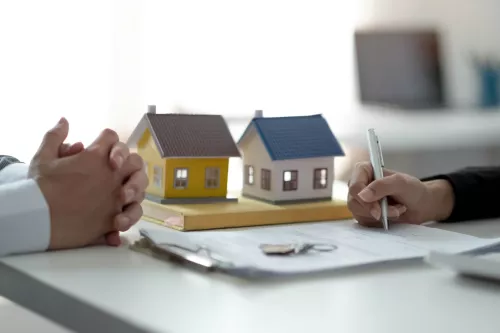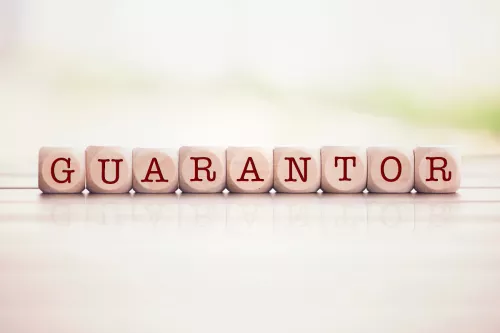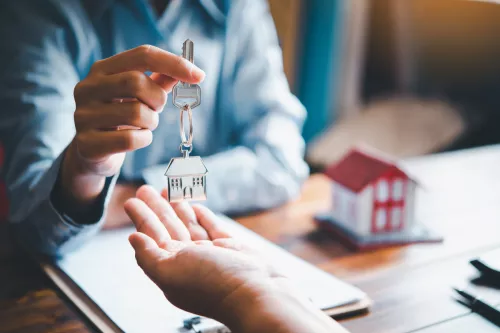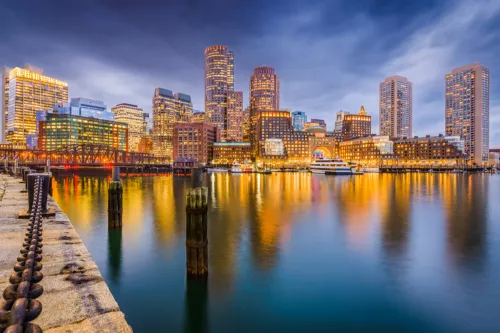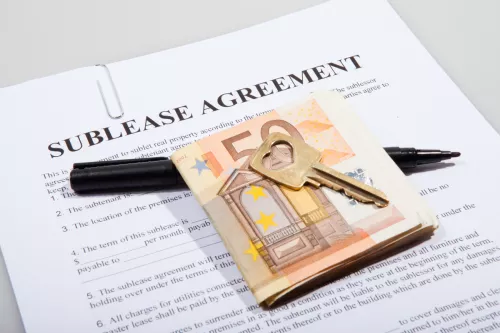Bungalow-style homes, originally derived from the thatched huts of India, have captivated the world with their unique charm and simplicity, evolving into various styles globally. These homes are recognizable by their distinctive features, including low-pitched gabled or eaved roofs, expansive covered front porches, and internal fireplaces surrounded by built-in cabinets, shelves, or benches.
While typically compact, often just one-and-a-half levels, many bungalows have been extended to meet the growing space requirements of homeowners. Despite these variations, bungalows have consistently remained a favored architectural style throughout America since their introduction.
In this reading, you'll explore why these distinctive dwellings became a staple of American architecture, learn the pros and cons of living in a bungalow, and identify who might find these homes ideal. Let’s do it!
What Defines a Bungalow House?
A bungalow house is traditionally characterized by its compact, single-story layout, which often includes a wide veranda, low-pitched roofs, and an intimate connection with the surrounding landscape.
Originating from the Bengali style of rural homes in India, the term "bungalow" has evolved to encompass various styles across the globe, maintaining a focus on simplicity, accessibility, and a close relationship to nature. Modern bungalows sometimes feature a second-story bedroom, typically added by converting the attic space.
These homes are slightly elevated from the sidewalk, accessible by a short flight of steps, and usually feature small verandas, extended eaves, and dormer windows. Inside, bungalows efficiently use their space with tight, compact closets, built-in cabinets, and shelving, embodying both traditional charm and modern functionality.
The Historical Roots of Bungalow Houses
The journey of the bungalow began in colonial India, originally designed as simple, single-story dwellings for British officers. Originating from the Hindustani word "Bangala," meaning "belonging to Bengal," these homes first appeared in Bengal, India, during the 19th century.
As British colonials frequently used these homes during their stays, the style was later exported to England and then to America in the late 19th and early 20th centuries, where it quickly became a staple of residential architecture.
In America, the bungalow was embraced for its affordability and ease of construction, sparking a building boom that spread from coast to coast during the early 20th century. Bungalows are closely associated with the Craftsman style and were popularized during the height of the Arts and Crafts movement, often featured in periodicals and blueprints of the time.
Their simple and economical design allowed for the development of bungalow kits that could be purchased from companies like Sears, enhancing their popularity and accessibility. This made bungalows a common sight in many American cities and states, where they continue to be cherished today.
Global Footprints: Where are Bungalow Houses Most Common?
Bungalow houses are prevalent worldwide, with the highest concentrations found in the United States, Canada, the United Kingdom, and Australia. In the U.S., cities like Chicago, Los Angeles, and San Francisco boast large neighborhoods of these homes, indicative of their significant popularity in the first half of the 20th century.
The style's adaptability to local climates and cultural preferences has further enhanced its global appeal. Additionally, the affordability of bungalow-style homes made them a popular choice among veterans returning from World War II, who used their G.I. Bill benefits to purchase these homes.
This led to a population boom in the American Southwest post-war, with a notable presence of bungalows in states like Arizona, New Mexico, Nevada, and parts of Southern California today.
The All-American Love for Bungalows
Bungalows became immensely popular in America as middle-class families transitioned from apartments to private residences in the early 20th century. Their affordability and adaptability made them an ideal choice for these families, appealing to the American desire for a comfortable, modest living space.
The simple yet functional design of bungalows, along with their low-profile and distinctive style, set them apart in American communities and made them a foundational element of suburban development.
Exploring the Varieties of Bungalow Homes
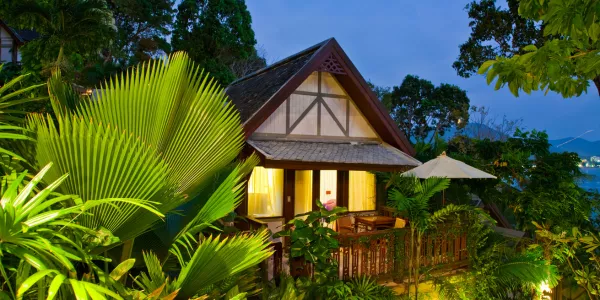
Craftsman bungalows are characterized by gabled windows, shingled roofs, and dark wooden elements, typically painted brown or green to blend with their natural surroundings. Today, they rank among the most popular home styles in the United States.
- California bungalows share similarities with Craftsman styles but are predominantly built with redwood and stucco.
- Tudor homes, inspired by bungalows, are smaller with steeper roof pitches and elaborate chimneys.
- Prairie bungalows, drawing inspiration from Frank Lloyd Wright’s prairie houses, feature large porches supported by simple, broad columns and often have trim painted in contrasting colors for added visual impact.
- Mission bungalows showcase broad, overhanging eaves, exposed wooden rafters, stucco siding, and terra-cotta tiled roofs, reflecting their Spanish influence.
- Modern bungalows maintain many traditional features but incorporate contemporary materials like glass, concrete, and brick.
Pros of Owning a Bungalow
Pros
- Affordability: Bungalows tend to be more affordable than multi-story homes of comparable bedroom size. With housing values predicted to increase, opting for a more economical bungalow could be a wise investment for the future. If cost is a major concern, a small bungalow will generally be less expensive than a similarly sized two-story house, making it an attractive option.
- Privacy: Bungalows offer enhanced privacy options. It’s easier to shield a bungalow with trees and shrubs since they don’t need to grow as tall as they would to cover the windows of a two-story house. Cultivating a garden not only increases privacy but can also be beneficial for your health and the property's value.
- Ease of Modification: Expanding a bungalow is typically simpler and less disruptive than modifying a multi-story home, given the structural challenges of the latter. If you own a bungalow and have sufficient land, extending your home can be a straightforward project.
- Resilient Market Value: Bungalows are often more economically resilient. In times of financial strain, as people downsize from more expensive homes, bungalows become particularly appealing. They have long maintained their popularity in architectural trends, making them a solid investment. With housing prices on the rise, as seen in places like Malaysia, opting for a bungalow might be the most cost-effective choice.
Cons
- Security Concerns: Bungalows may pose higher security risks as their windows and doors are more accessible from ground level, making them potentially easier targets for break-ins. It’s advisable to invest in robust security systems or consider a guard dog if permissible and practical, to mitigate burglary risks.
- Cost per Square Meter: Despite their overall lower price tag, bungalows can be more costly per square meter compared to two-story homes. If maximizing your investment per square meter is crucial, a two-story house might offer better value, though bungalows might still be the most affordable option within your community.
- Challenging Layouts: The single-level layout of bungalows can present design challenges, especially when trying to keep private and public spaces well-separated. Managing the proximity of dining rooms to bathrooms, or living rooms to bedrooms, without the benefit of an upstairs can complicate the home’s floor plan. If these challenges don’t outweigh the benefits, a bungalow could be an excellent home choice for your family.
Ideal Residents for Bungalow Homes
Bungalows are particularly suited for first-time homeowners, retirees, or those seeking to downsize. Their one-story design caters excellently to seniors or individuals with mobility issues. Furthermore, their inherent charm and simpler layout appeal to those desiring a minimalist lifestyle, making them a timeless choice for a diverse range of people.
People also ask
How many floors do typical bungalows have?
Bungalows are typically one or one-and-a-half stories tall. The half story is often configured as a loft or attic space.
Are there different types of bungalow houses?
Yes, there are several types including the Craftsman bungalow, California bungalow, and Chicago bungalow, each with unique features suited to their local environments.
What makes bungalow homes popular?
Their popularity often stems from their affordability, practical floor plans, and the ease of maintenance, making them appealing to a wide range of homeowners.
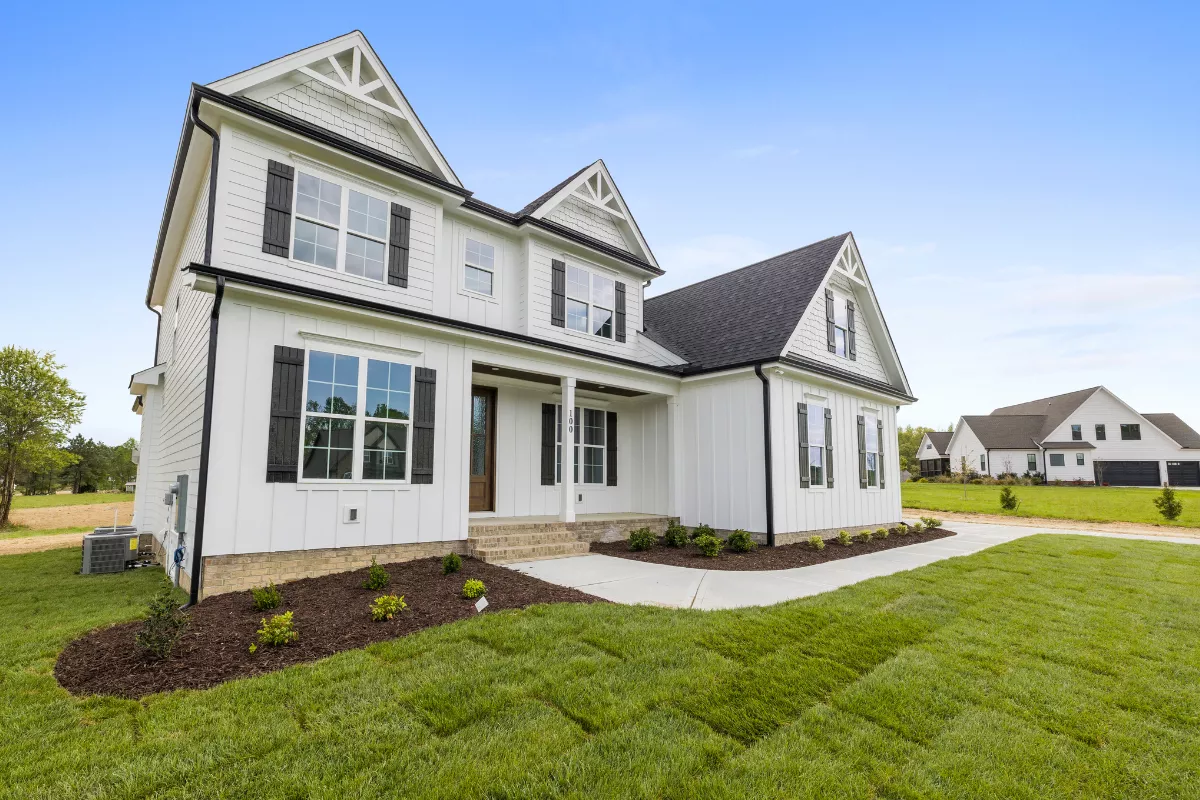
 Marcio Vasconcelos
Marcio Vasconcelos
